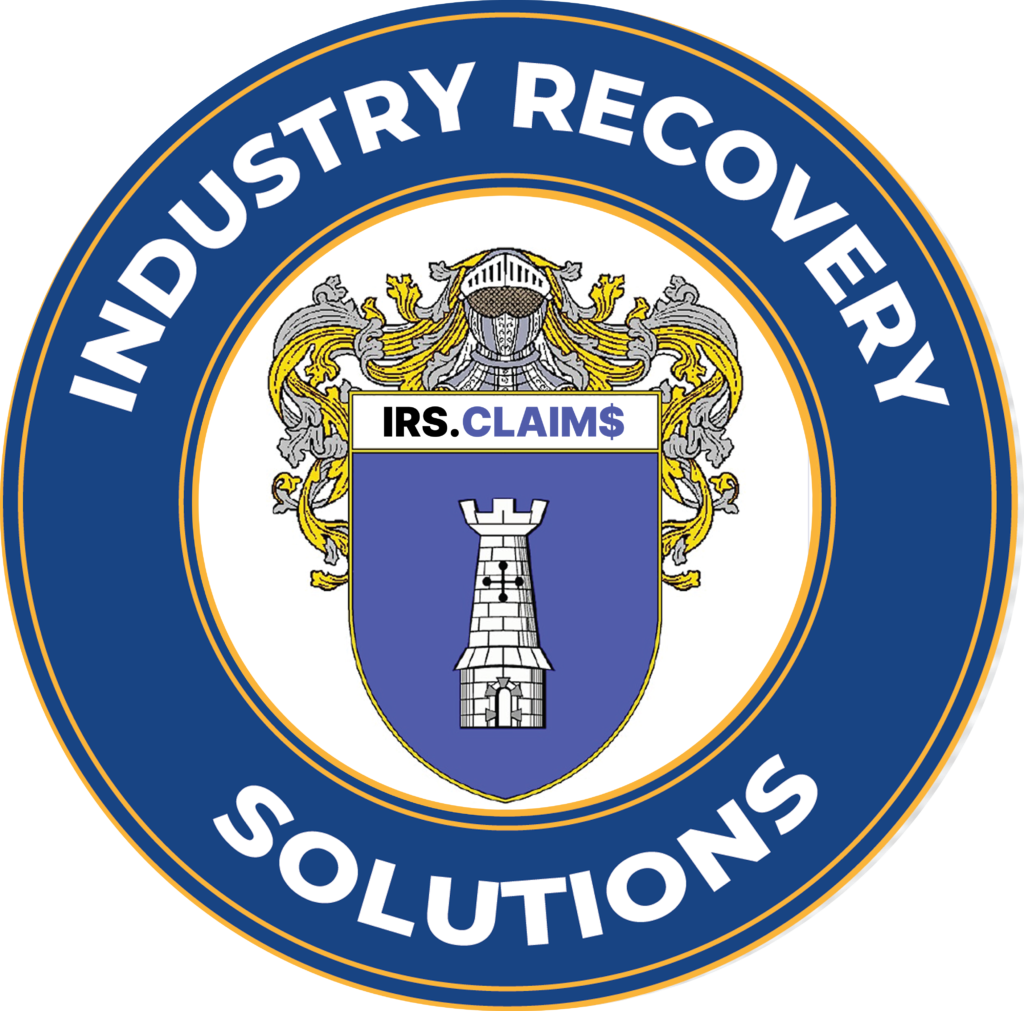B2B Debt Recovery
B2B Debt Recovery is a critical service for companies facing unpaid commercial invoices and aging receivables. In today’s competitive NYC business finance environment, efficient recovery processes can mean the difference between maintaining healthy cash flow or suffering costly write-offs. According to experienced debt recovery professionals, businesses lose up to 5% of annual revenue to overdue accounts—making a robust debt recovery strategy essential for sustainable growth.
Understanding B2B Debt Recovery
At its core, B2B Debt Recovery involves systematic procedures to collect outstanding invoices from corporate clients. It encompasses everything from initial reminders to litigation and judgment enforcement. Mature processes reduce invoice disputes and preserve client relationships while adhering to the debt collection guidelines set forth by federal authorities.
What Constitutes Commercial Collections?
- Invoice issuance and payment terms clarity
- Automated reminders and follow-up calls
- Escalation to third-party agencies or legal counsel
Well-defined policies help companies escalate only when necessary, minimizing disputes and litigation costs.
Key Definitions and LSI Terms
- Aging Receivables: Categorized by days outstanding (30, 60, 90+).
- Invoice Disputes: Customer challenges regarding billing accuracy.
- FDCPA Compliance: Federal Debt Collection Practices Act standards.
Benefits of Partnering with Specialized Agencies
Outsourcing to expert collection agencies brings:
- Higher Recovery Rates—Up to 20% improvement over in-house teams.
- Legal Compliance—Agencies follow FDCPA, FCRA, and HIPAA where applicable.
- Professional Reputation—Ethical practices safeguard your brand.
For a step-by-step roadmap, review our proven commercial collection strategies.
Compliance and Ethical Standards in NYC
NYC-based agencies must comply with both federal laws and New York statutes. Key frameworks include:
- FDCPA: Restrictions on harassment and misrepresentation.
- FCRA: Accuracy requirements for consumer reporting.
- HIPAA: Protections when handling health-related invoices.
According to the New York Department of Financial Services, strict adherence to these frameworks reduces litigation risk by over 30%.
Learn more about proper debt agency legal compliance in NYC.
Best Practices for Aging Receivables Management
Aging receivables require dynamic monitoring and prompt action. Implement these steps:
- Classify invoices by age bracket.
- Send automated reminders at 15, 30, and 45 days past due.
- Negotiate payment plans before escalating.
Table: Recovery Rate by Invoice Age
| Days Past Due | Average Recovery Rate |
|---|---|
| 0–30 | 95% |
| 31–60 | 80% |
| 61–90 | 60% |
| 91+ | 30% |
Adopting an accounts receivable aging analysis tool can automate these classifications and improve decision-making.
Implementing Effective Invoice Dispute Resolution
Proactive dispute handling preserves client goodwill. Key steps include:
- Centralized documentation of all communications.
- Quick investigation within 7 business days.
- Transparent resolution with credits or adjustments.
Integrating a CRM system with real-time cash forecasting solutions ensures that potential disputes are flagged before they become collection issues.
Measuring Performance with Analytics
Data-driven insights optimize your B2B Debt Recovery efforts. Track metrics such as:
- Days Sales Outstanding (DSO)
- Promise-to-Pay fulfillment rate
- Dispute resolution time
According to a recent 2025 benchmark report, businesses that apply accounts receivable analytics improve cash flow by 12% year over year.
Case Study: NYC Business Finance Success
A mid-sized technology firm in Manhattan faced $500K in unpaid invoices over 60 days overdue. By partnering with our business-to-business debt collection services, they achieved:
- 45% reduction in DSO within three months
- Zero FDCPA violations through compliant outreach
- Strengthened customer relationships via transparent dispute handling
This example underscores how effective commercial collections can boost your bottom line.
Conclusion and Next Steps
Implementing a robust B2B Debt Recovery strategy involves clear policies, compliance with FDCPA and HIPAA, and leveraging advanced analytics. Whether you’re a small business or a large corporation, these practices minimize bad debt and optimize working capital.
Ready to streamline your debt recovery? Contact our B2B collections team today to schedule a consultation with our debt recovery experts.
Further Reading:
- Debt recovery definition on Investopedia
- Judgment enforcement procedures in New York on NY.gov
